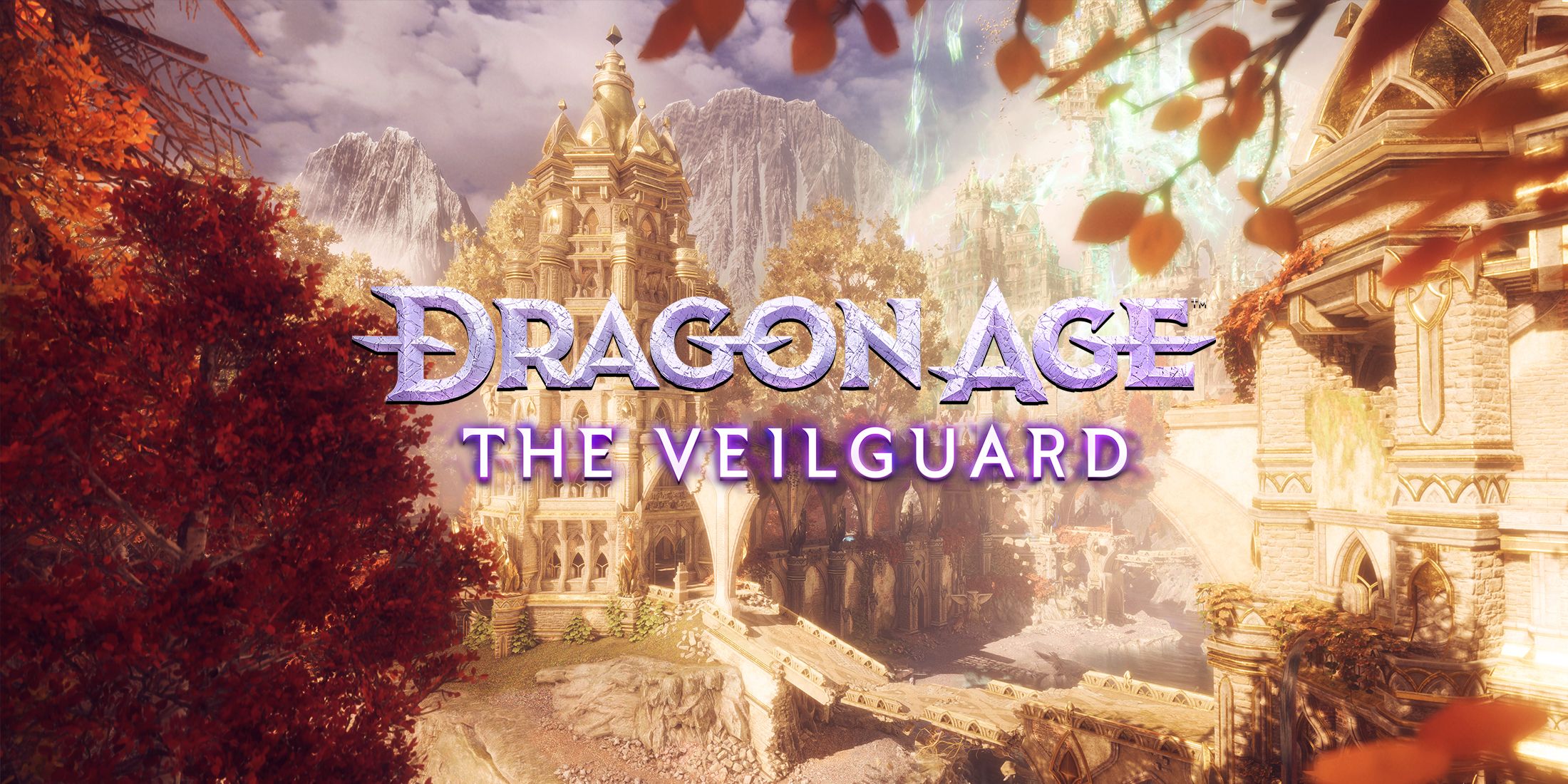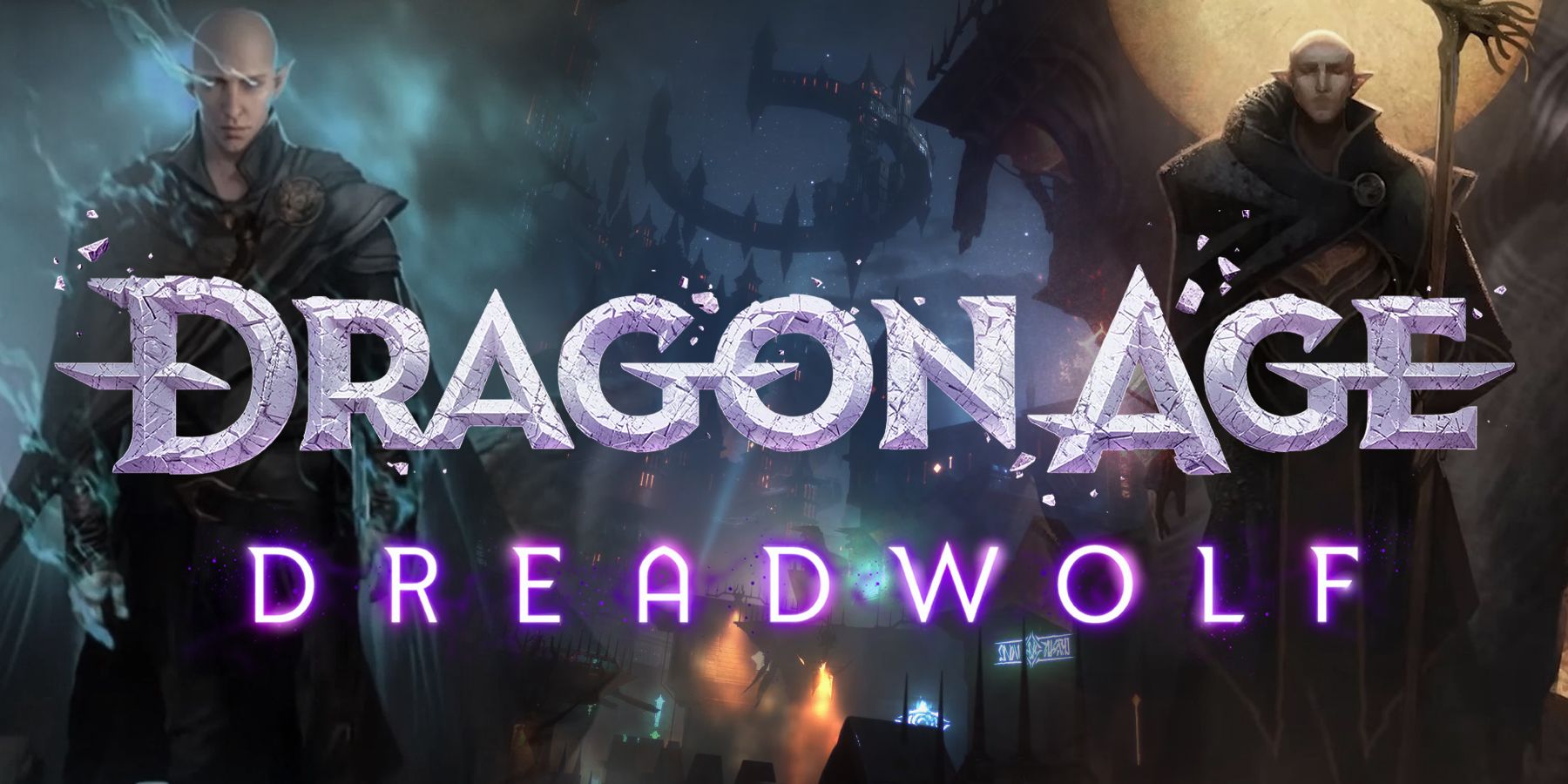Highlights
- Dragon Age: Dreadwolf's development has been tumultuous, with various iterations and changes over a decade.
- From a live service project to a singleplayer sequel, Dragon Age: Dreadwolf has seen diverse shifts.
- After a challenging development process, BioWare's future success may hinge on the reception to what will supposedly be an action-heavy experience in Dreadwolf.
Dragon Age: Dreadwolf is the upcoming fourth entry of BioWare’s popular fantasy RPG franchise, and to say the game has had a troubled development may be an understatement. Following Inquisition’s release back in 2014, the production of what would become Dragon Age: Dreadwolf began and has continued on for an entire decade. Across several multiple iterations of the same project that were cancelled and reimagined, BioWare has gone through a long development cycle that will hopefully pay off when Dreadwolf finally arrives.
While the CRPG style of Dragon Age: Origins first established the IP as something akin to a spiritual successor to BioWare’s Baldur’s Gate, subsequent entries diverged from the genre in ways that have caused fundamental design changes unique to each DA title. Dragon Age 2 took a controversial plunge into more of an action RPG style at the expense of customization and tactical combat, while Inquisition further expanded the series’ identity with its focus on a semi-open world. Considering leaks and official sources regarding the state of Dreadwolf’s most recent incarnation, it seems that the fourth DA will continue this trend of featuring a new style, which will be the culmination of several scrapped attempts at the project.
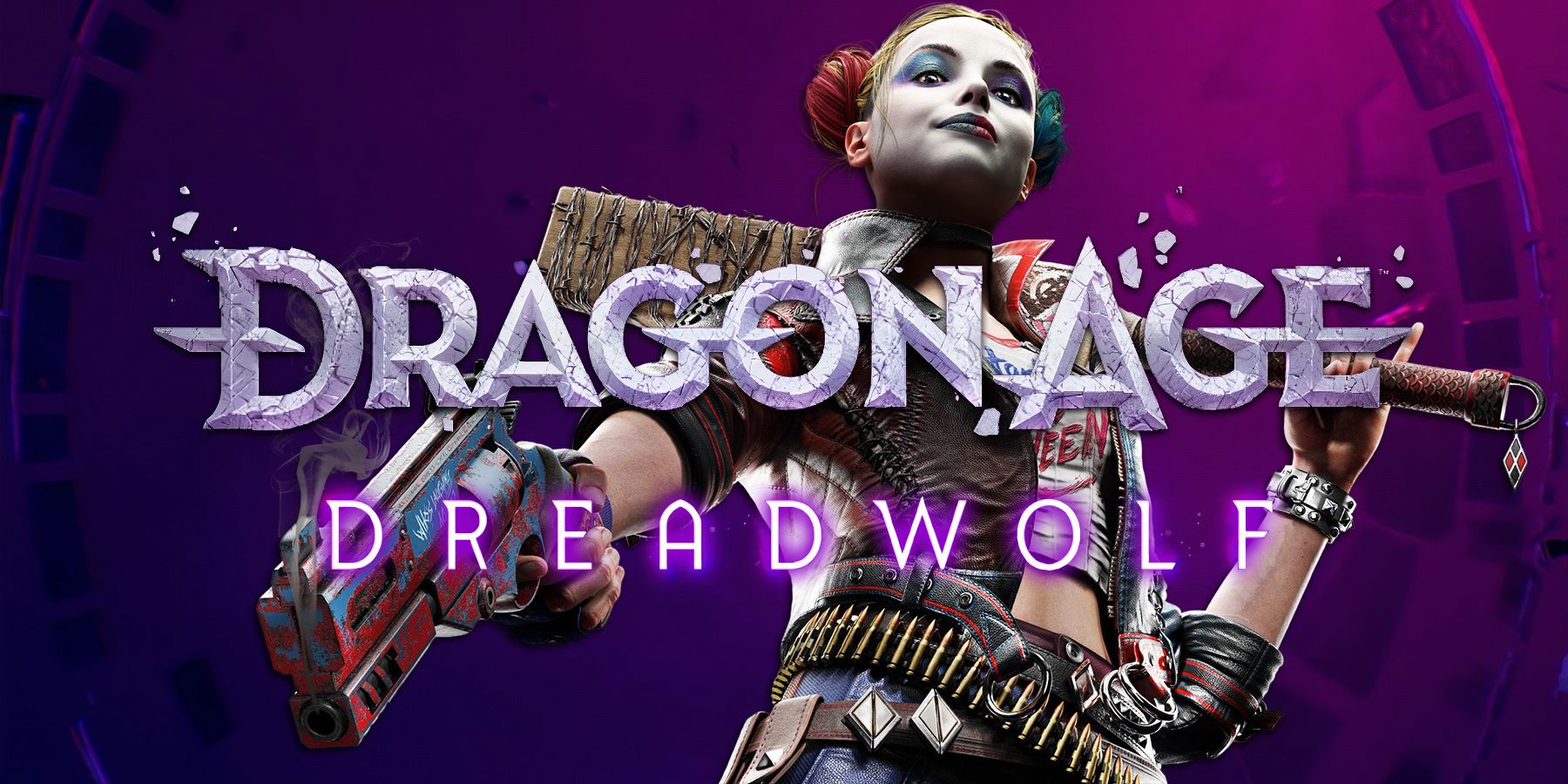
Dragon Age: Dreadwolf May Have Narrowly Dodged the Bullet That Shot Suicide Squad
Dragon Age: Dreadwolf might have ended up in the same place as Suicide Squad: Kill the Justice League if not for a quick turnaround.
Project Joplin Directly Followed Dragon Age: Inquisition
The Original Version of Dreadwolf
Prior to the development hell which followed, BioWare was initially working on a follow-up to the events of Inquisition's Solas-centric Trespasser DLC which began production in 2015. Project Joplin was set to be a sequel that Dragon Age fans had come to expect, a singleplayer, story-centric experience which could have potentially recaptured the appreciation Origins received. This game would have allegedly focused on a smaller zone with more tailored content in a manner that could have reflected the studio’s CRPG days, but this project wouldn’t make it to release.
Two Years Were Dedicated to Project Joplin
From around the time of Trespasser’s release in 2015 to late 2017, the fourth Dragon Age was developed within an atmosphere that was apparently one of the most positive that some at BioWare had experienced. Despite this, the financial circumstances of the studio under EA led to a change so significant that it marked the end of the Project Joplin version of Dreadwolf. It’s unknown if assets or work from this time period are even being utilized now, but what came next was a detour which lasted another several years.
The Cancelled Live Service of Project Morisson
A Shift Away From Dragon Age’s Singleplayer Focus
It initially seemed that the sequel to Inquisition was going to lean back into what Origins first established, but 2017 instead brought about the transition into a fully-monetized live service title. Expanding on the smaller multiplayer component of the third game, Project Morrison was a full-force effort to bring the Dragon Age series into a genre which its fans had little to do with. The studio announced its heavy focus on “reactive storytelling” that would exist within a constantly updated world, but this production also ultimately failed to yield a final product by the time of 2021.
Reverting Project Morrison’s Changes After Over Three Years
While it was teased over the course of its development and even in the months leading up to its cancellation, the production of Project Morrison's live service Dragon Age basically came to an end during early 2021 when the decision was made to move the game back toward a singleplayer direction. Some fans may find it confusing that Dreadwolf has gone through such a sporadic and unpredictable production cycle before eventually landing on a definitive style, but the reality of its developer’s circumstances throughout the past few years explains why creating Dreadwolf has been anything but an easy process.
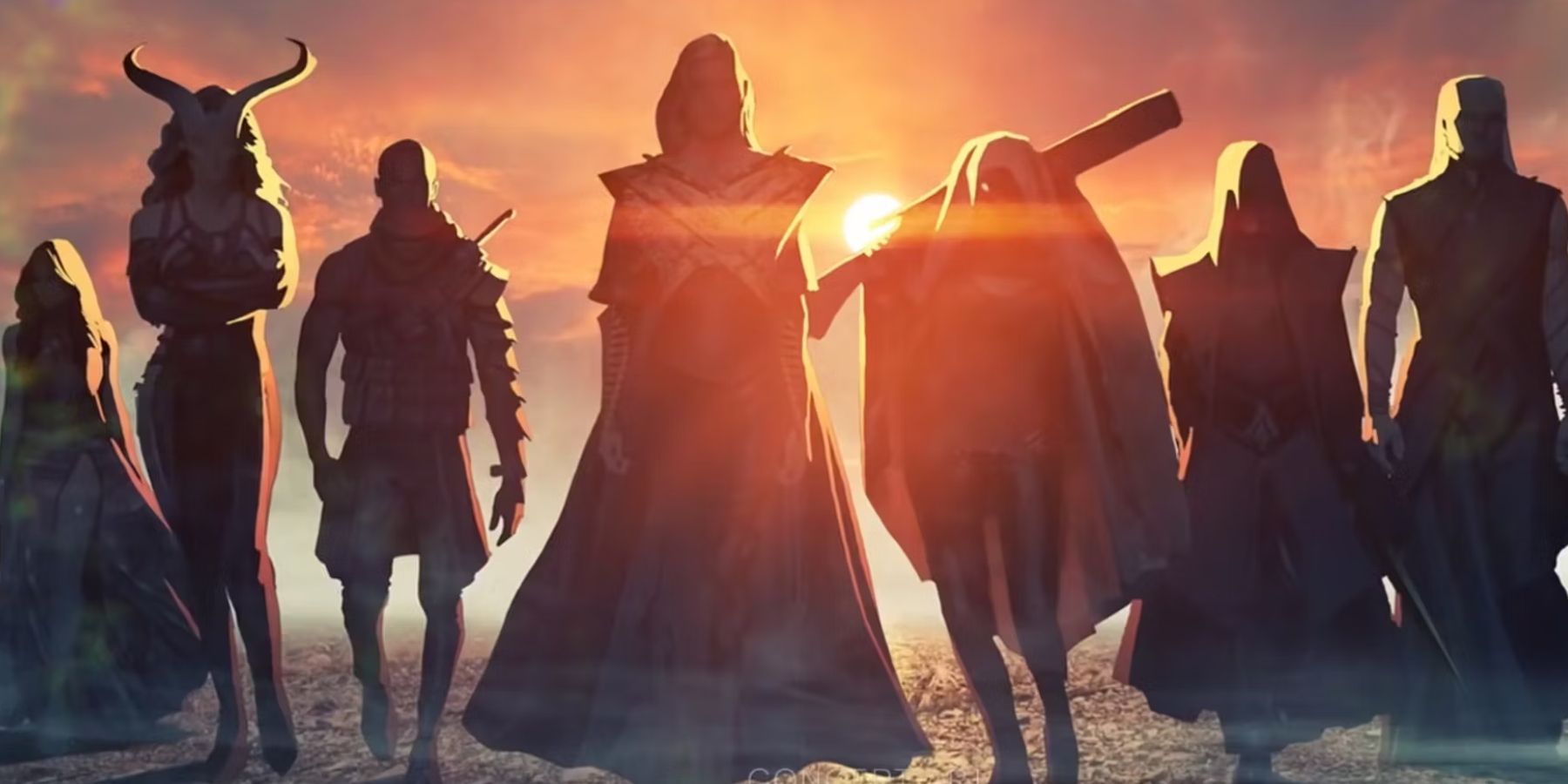
Dragon Age: Dreadwolf's Most Important Feature Needs to be at the Top of This Summer's Agenda
BioWare needs to get one part of its anticipated full reveal this summer right if they want people to get invested in Dragon Age: Dreadwolf.
BioWare’s Troubles Following Dragon Age: Inquisition
The Effects of Mass Effect: Andromeda and Anthem
It might not have been the studio’s most unanimously well-received game upon its release, but Inquisition set the record for BioWare’s biggest launch in terms of sales. The studio was known for some of the most popular RPGs throughout the 2000s and beyond, but its legacy would falter when 2017’s Andromeda launched to general criticism that was unprecedented for its franchise. The upcoming Dragon Age would be changed into a live service title alongside Anthem at that time, possibly a reaction to Andromeda’s mixed reception. When Anthem went on to fall below expectations, however, it may have set the tone for the current singleplayer iteration of Dreadwolf alongside changes in the team.
The Loss of Key BioWare Staff
The development hell of Dreadwolf has spanned around ten years, and this time period has proven to be one of the most challenging in BioWare’s history. General manager Aaryn Flynn would depart before longtime creative director Mark Laidlow did the same in 2017, but this was just the beginning. James Ohlen, a prolific designer of the studio and one of its first members, left in 2018 and took his experience with him. Replacement GM Casey Hudson and executive producer Mark Darrah did the same in 2020 before around 50 layoffs hit BioWare in 2023 and cut several veteran employees. It makes sense that the project has taken so long when noting this context, but it might finally materialize this year.
Dragon Age Day Provided Newfound Hope for Dragon Age: Dreadwolf
Summer News Could Foreshadow an Imminent Release Window
For 2023’s Dragon Age Day event that took place in December, BioWare unveiled a trailer for Dreadwolf which showed off parts of Thedas that the player seems set to explore. This was the most concrete footage of the project released yet, and it came with the announcement of a further reveal later this summer. It’s unknown when the full title will end up launching, but the build-up of nearly a decade of production with nothing to show for it has some fans anticipating a possible holiday release for Dreadwolf at this rate.
BioWare’s Future is Likely Riding on Dreadwolf’s Success
Given the comparatively lower status of its past few games when compared to its biggest hits, BioWare might be perceived as a studio that has fallen out of favor with many fans at this point. Now comprised of a different team after a multitude of departures, Dreadwolf will be under pressure to prove that its studio still has what it takes to be recognized as a pillar of the RPG genre. It probably won’t retain the feeling that Origins originally gave fans, but Dragon Age: Dreadwolf’s action-centric gameplay still has the chance to strike a balance and receive praise when it does eventually launch.
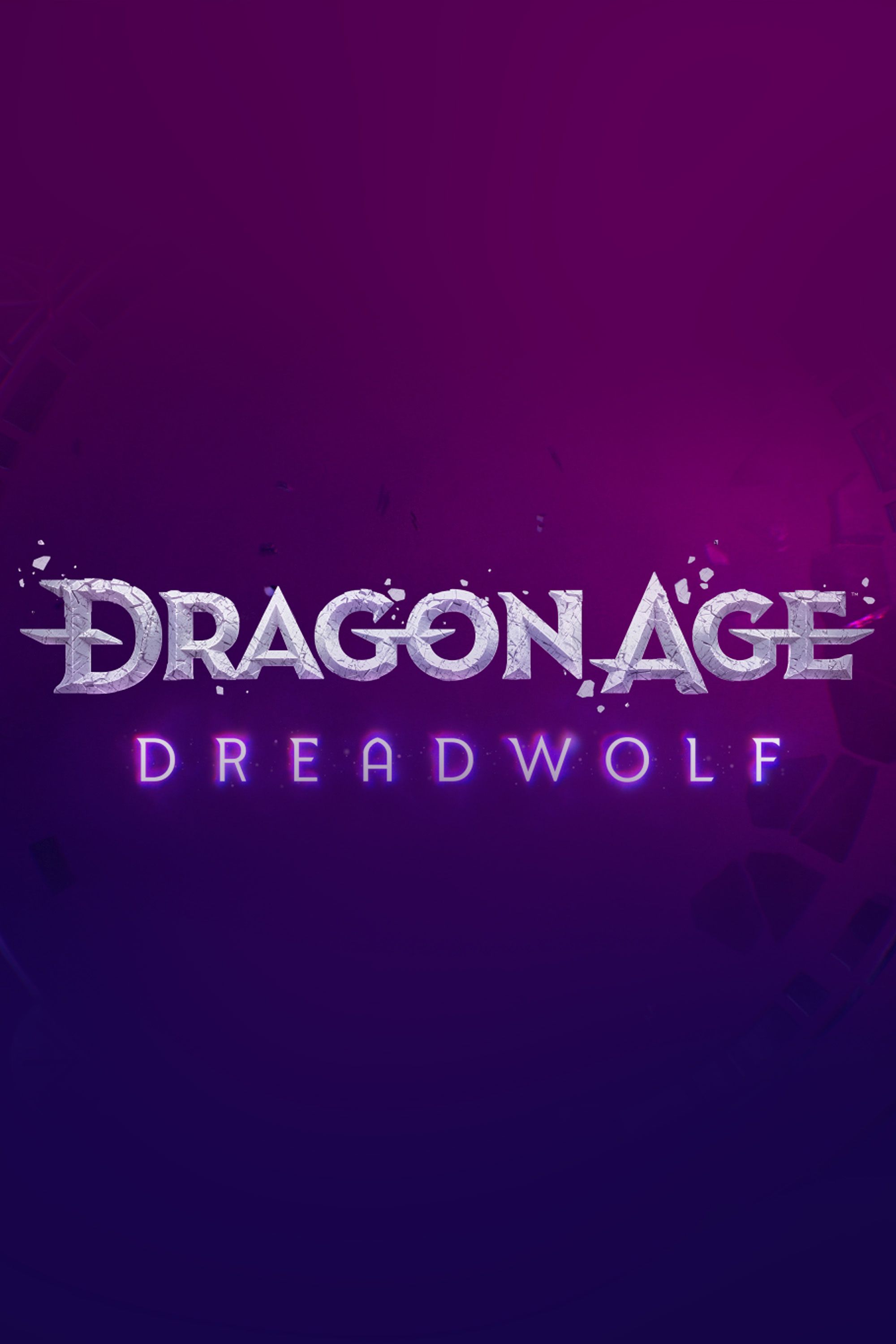
Dragon Age: Dreadwolf
Dragon Age: Dreadwolf is the fourth game in the franchise, serving as a direct sequel to the events of Dragon Age: Inquisition. Players will attempt to stop Solas from tearing down the Veil, among other possibly major plot points. Its events see players travel to Tevinter, the Anderfels, Rivain, and Antiva.
- Franchise
- Dragon Age
- Developer(s)
- BioWare
- Publisher(s)
- Electronic Arts

